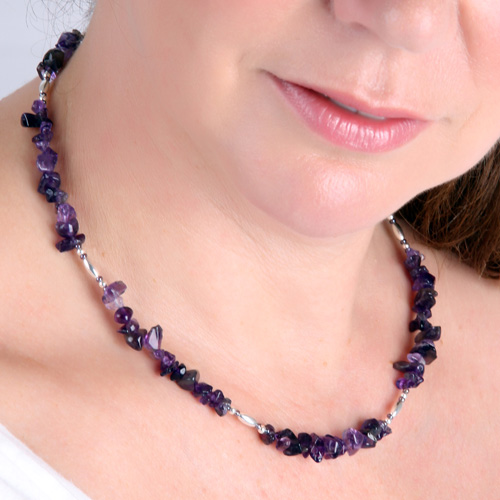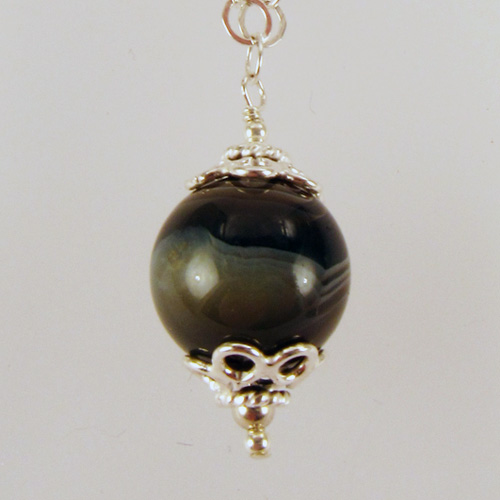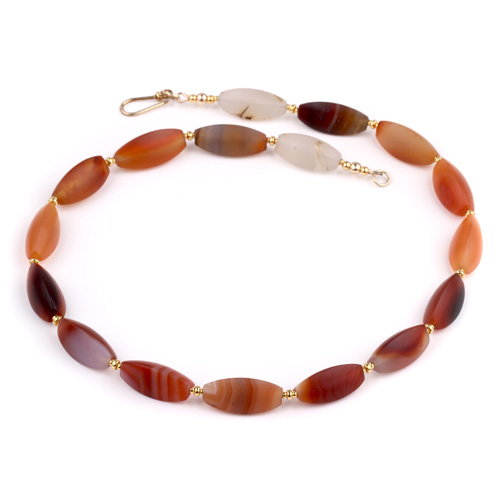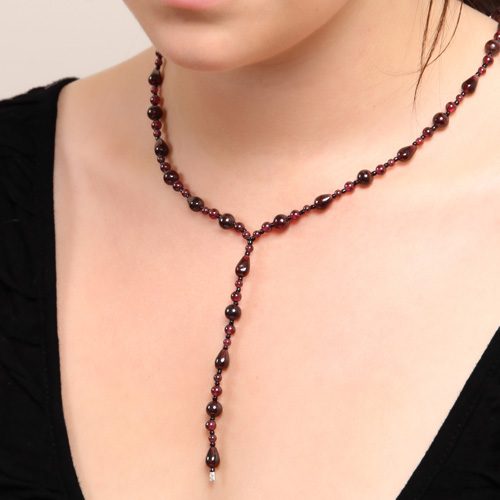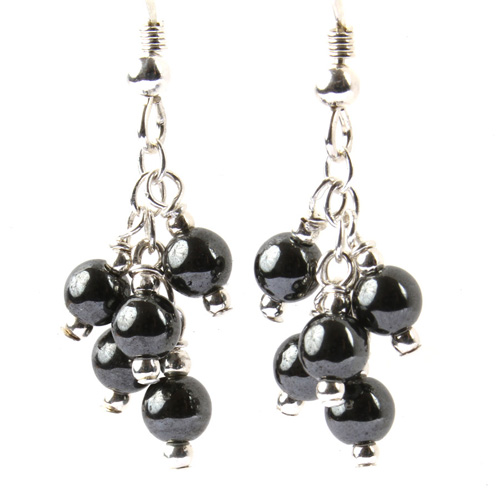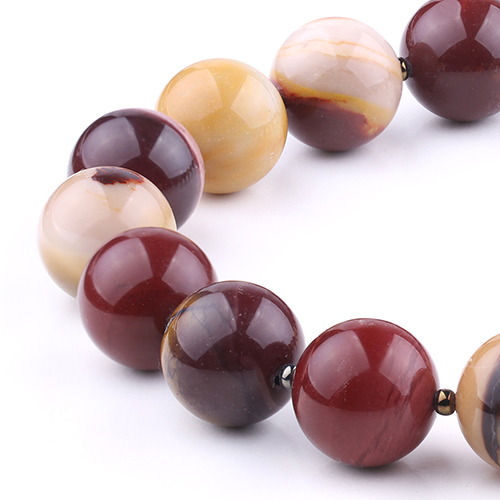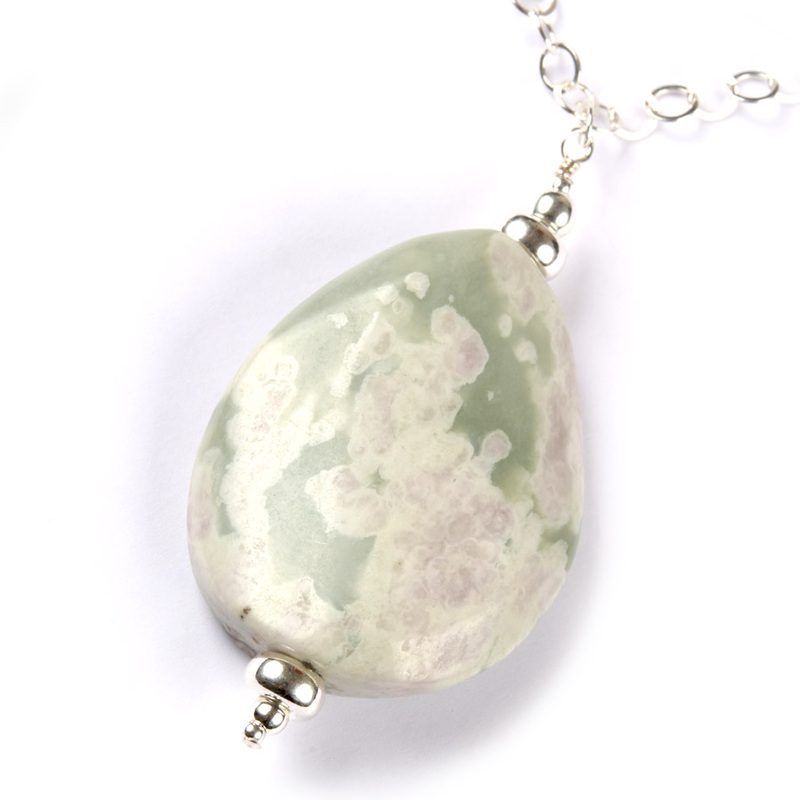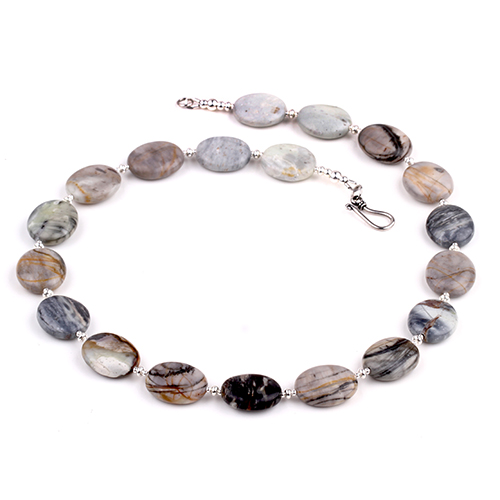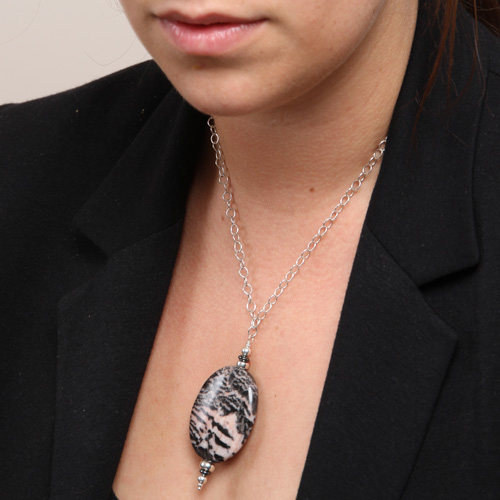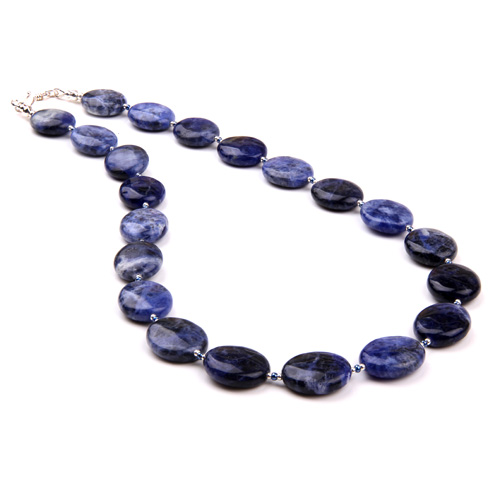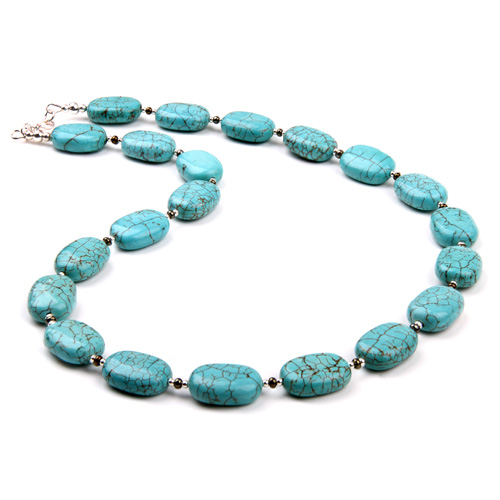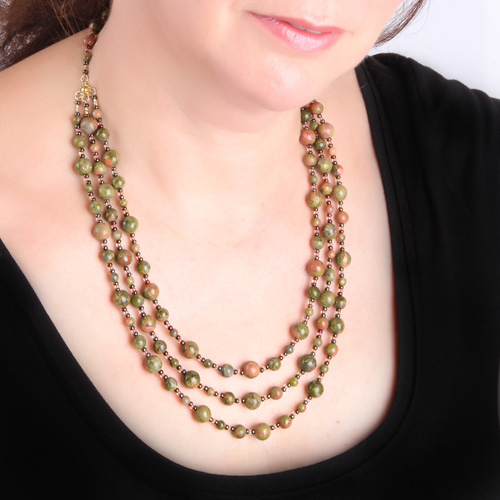SEMI-PRECIOUS STONES
At present, this glossary of semi-precious stones only includes a small selection of stones and I will be updating the glossary during the course of the next few months. If you can't find the information you are looking for please contact me direct and I will make every effort to answer your enquiry.
AMETHYSTA beautiful purple stone, the name amethyst comes derives from the Greek 'a menthustos', meaning not to intoxicate. The Greeks used to make drinking vessels out of amethyst in the belief that it woud pevent drunkeness. Ancient Egyptians wore amethyst as a protective stone and amethyst beads have been found in Anglo-Saxon graves in England.
|
BOTSWANA AGATEAgate is said to be one of the oldest stones in recorded history and have been used in jewellery since Biblical Babylonian times. Botswana Agate show delicate bands of shades of grey with touches of brown, cream and white.
|
CORNELIANCornelian is a variant of Chalcedony and is an opaque to translucent light orange to deep reddish brown. Cornelian was widely used during Roman times to make signet or seal rings. It is also known as 'Meca Stone' or 'Pigeon's Blood Agate'.
|
GARNETGarnet is an even deep red to brown colour. Red garnets werethe most commonly used gemstons in the Late Antique Roman world.
|
PEACE JADEPeace Jade is not jade but a mixture of white quartz, green serpentine and lavender stitchtite. It gets its name from the belief that it encourages tranquility and peace. Beautiful subtle blends of pale grenn, creamy white with the occasional hint of lavender.
|
PICASSO JASPERAlso known as 'Picasso Marble' or 'Picasso Stone', this stone has individual markings of blacks, browns, beiges and various shades of grey.
|
PINK ZEBRA JASPERJasper can be found in Ancient Hebrew, Assyrian, Greek and Latin. It is found worldwide and in jewellery it is usually named for its colour and pattern. As its name suggests, this variety is pale salmony pink and creamy white with almost black inclusions.
|
SODALITESodalite has been discovered in ancient tombs and ruins often as a replacement for Lapis Lazuli. A dark intense blue colour with white, paler blue and black streaks.
|
TURQUOISETurquoise means 'Turkish Stone' and it was brought to Europe in the Middle Ages from Persia. It was used by the Egyptians as early as 5000 BC and has been used for many years in Native American jewellery. These beads are from Hubei Province in China with colours reminiscent of the stones from the now closed Nevada mines. A rich turquoise colour with black and green/blue veins, these stones are undyed and stabilised.
|
|
UNAKITEUnakite was first discovered in the Unakes Mountains in North Carolina. It is composed of pink orthoclase, feldspar, green epidote and quartz. A very attractive stone with beautiful textures and markings. It is usually mottled in appearance and exists in various shades of green and reddish pink.
|
